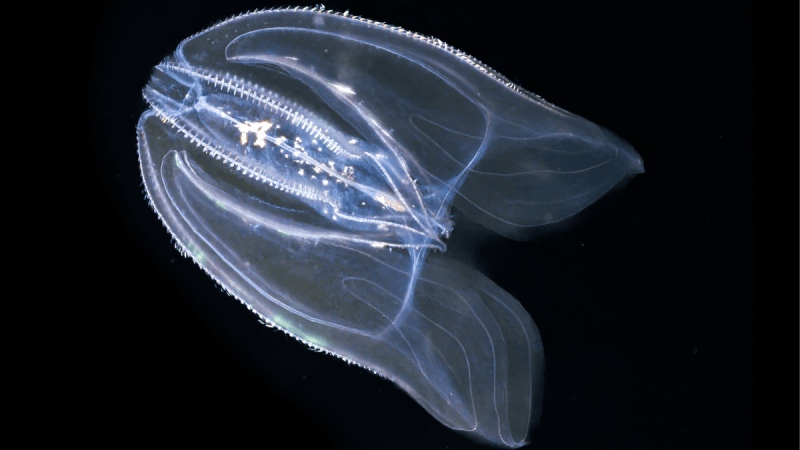Researchers Uncover Strange Ability of Comb Jellies to Fuse After Injury

A fascinating new study has revealed that comb jellies, deep-sea creatures known for their unusual appearance, have the extraordinary ability to fuse together when injured. This fusion results in a single, larger individual with a combined nervous system and digestive tract—something never before observed in any other species.
The discovery occurred by chance in a laboratory setting. Kei Jokura, an evolutionary biologist at the University of Exeter in the UK and Japan’s National Institutes of Natural Sciences, first noticed the phenomenon while working with warty comb jellies, also known as sea walnuts ( Mnemiopsis leidyi ). One day, Jokura realized that a jellyfish appeared to have doubled in size, only to find that two individuals had merged, with no visible separation between their bodies.
Intrigued by this unexpected event, Jokura and her team set out to understand the fusion process. By inflicting minor injuries on 20 comb jellies and placing them near each other, they discovered that nine pairs fused within 24 hours. Remarkably, within just two hours of merging, the nervous systems of the jellies had fully integrated. The fused jellies responded to external stimuli as if they were a single organism, likely due to their unique nerve cells, which are different from those in other animals.
The researchers also investigated whether the jellies’ digestive systems had merged. By feeding fluorescent shrimp to one of the fused individuals, they observed that the food traveled between both stomachs, confirming the fusion of their digestive tracts as well.
Though the fused jellies behaved as a single organism, they retained separate DNA and could not pass on their fused form to offspring, meaning they remain distinct on a genetic level. Still, watching the fused creatures swim, the researchers noted that they appeared to function as one, prompting them to refer to these entities as “single individuals” in their study.
This is the first documented case of such fusion among animals. While comb jellies are known for their regenerative abilities, which allow them to heal injuries and even reverse aging, this type of fusion may be a rare adaptation, as it requires the injured individuals to be in close proximity, a condition unlikely in the deep sea.
The research team, having observed that most of the fused jellies survived for at least three weeks, suspects they could live much longer. Jokura also speculated that it might be possible for more than two individuals to fuse, though this hasn’t yet been tested. The researchers are now preparing to study whether another species of comb jelly, Bolinopsis mikado, can undergo a similar fusion process.


